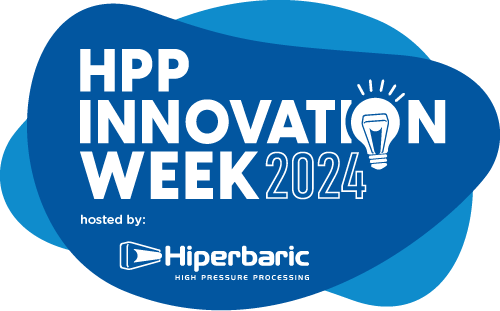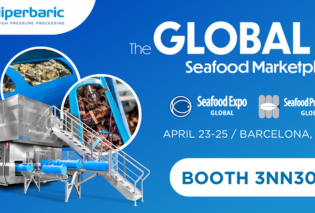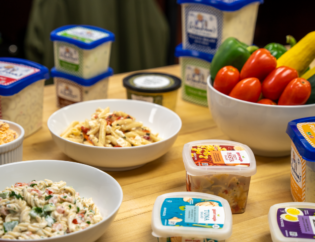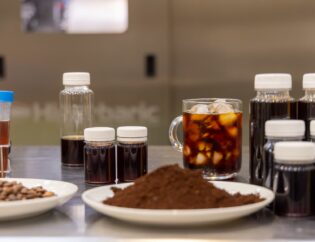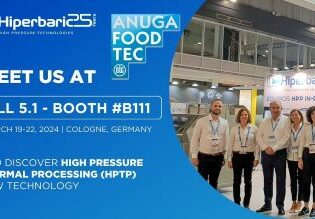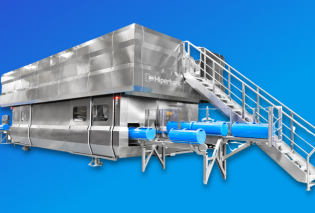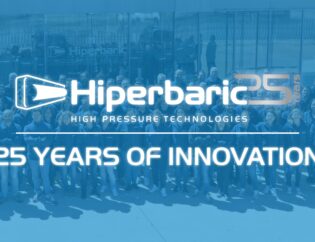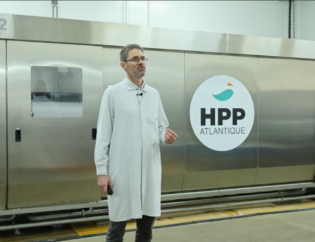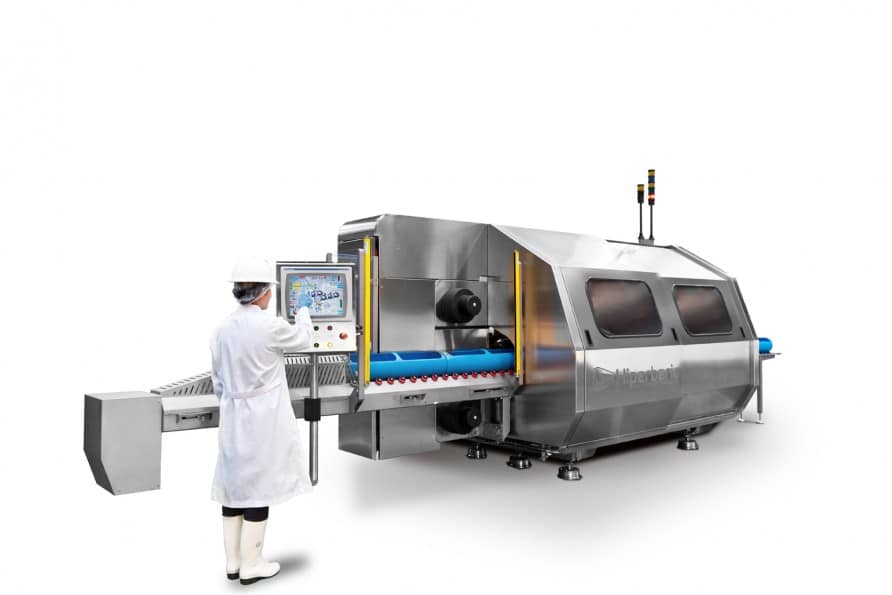
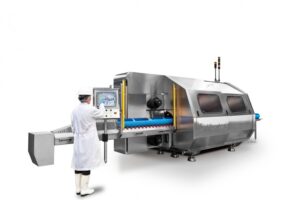
HPP Technology is more and more frequently featured in mass media, and recognized as a new process becoming mainstream in many food industry segments pursuing more natural, healthy foods.
Although some of the highlighted articles can be found containing some conceptual errors about the principles of High Pressure Processing and the science behind it, it’s generally good that innovative technologies are showcased in mainstream publications, as this can only contribute to awareness and understanding of how safer foods can be obtained, and to further educate the consumers.
Hiperbaric HPP appeared in Wired Magazine on their technology focus, part of their Science section:
Www.wired.co.uk/magazine/archive/2014/08/start/cold-pasteurisation
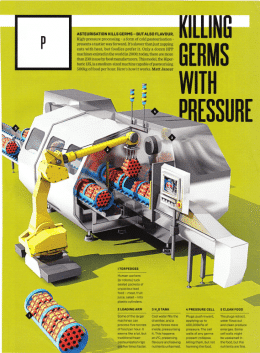
So who said no glamour around high pressure processing machines? Hiperbaric even in Condé Nast publications like Wired, or even… Vanity Fair!:
Vanity Fair, the famous monthly publication about fashion, culture, arts and politics, has various times highlighted some of the benefits that HPP is bringing to the natural foods segment, and for example has published stories about our customer, BluePrint:
https://www.vanityfair.com/online/beauty/2014/august/blueprint-juicing-nation
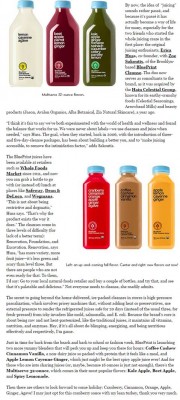
Also, The Huffington Post included a story about the growth and impact of the cold pressed, premium juice category on an article published last summer:
Why Your Cold-Pressed Juice Is So Expensive
Posted: 03/07/2014 7:00 am EST Updated: 03/07/2014 5:59 pm EST
Whether you’re a fan of juicing or morally opposed to it, most likely you’re at least aware of the cold-pressed juice trend — it’s pretty impossible to avoid. Cold pressed juice exploded in popularity last year. Starbucks has its own line, BluePrint Juices have practically become a household name, and in some cities like Los Angeles, it seems like there’s a juice bar on every block.
While we like drinking the occasional cold-pressed juice, as food lovers we think it’s remarkable that so many people are willing to forgo food for a juice cleanse. Equally remarkable is that cold-pressed juice has become such a hot trend despite its exorbitant price tag. Whole Foods executive global grocery coordinator Errol Schweizer feels the same way. “I have been surprised by the cleansing products and what people are willing to spend,” he told the Wall Street Journal.
Cold-pressed juice can cost up to $10 for a 16-ounce bottle or as high as $12 for 12 ounces.
So why does it cost so much? One reason is the amount of produce squeezed into one bottle. BluePrint’s Green juice, for example, boasts six pounds of produce for every 16-ounce bottle. Starbucks’ Evolution juice contains one to two pounds of fresh fruits and vegetables in their 15.2-ounce bottles, and LA-based Neighborhood Press contains three to six pounds per 16-ounce bottle. That’s a lot of produce.
Tropicana orange juice, in comparison, contains juice from 16 oranges in a 59-ounce container, which comes out to about four oranges per 16 ounces. If an average orange weighs around seven ounces, that’s roughly 1.75 pounds of oranges in a 16-ounce serving of Tropicana orange juice. Obviously comparing the weight of leafy greens to oranges is imperfect, but the point still stands: cold-pressed juice contains a whole lot of produce compared to standard juices.
Where cold-pressed juice companies advertise how many pounds of produce goes into each of their bottles, determining how many pounds of fruits or vegetables that go into “regular” juice isn’t so easy, because its simply not a selling point.
Another reason cold-pressed juice is so pricey is the pressure needed to make the juice. Cold-pressed juice companies use thousands of pounds of pressure to squeeze juice from their produce, and often then preserve the ingredients through a method called high pressure processing (or HPP). BluePrint Juice told HuffPost Taste that it uses “approximately seven tons of pressure to extract every drop of goodness from the fruits and veggies.”
Finally, with all of the A-list celebrities downing the stuff, cold-pressed juice is fashionable, and there’s no price limit on that.
So the next time you’re wondering why your cold-pressed juice costs so much, remember what went into your bottle — up to six pounds of produce and thousands of pounds of pressure.
All in all, good for the increasing legitimisation of HPP, good for the reputation of Hiperbaric as world’s leading supplier of HPP equipment, and hopefully contributes to the raise in the adoption of this amazing technique.
Hiperbaric will be ending 2014 with again a consistent growth and a record turnover in excess of 40m €.

